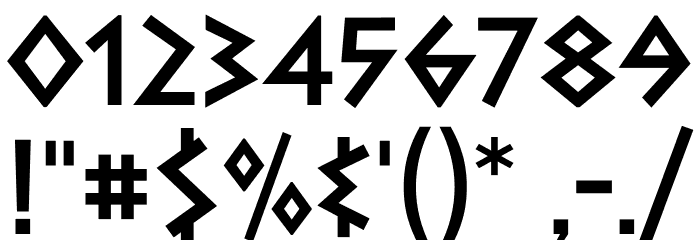

Using film to project characters onto photo-sensitive paper and lenses used to adjust size. Also in the late 1800s the ‘point’ system for defining type size was adapted, putting approximately 72 points to the inch.īy the 1950s typesetting had progressed to a photocomposition format. The Industrial Revolution brought first steam and later rotary press systems, followed by improvements in typesetting by Linotype and Monotype machines allowing the type to be set much quicker and reused.

The typesetting technology spread very quickly across Europe and the process itself remained unchanged for centuries, although thousands of printer’s variations in typefaces abounded. Gutenberg’s first typefaces resembled the calligraphic writing of the time and similar to Old English Blackletter styles seen today. The printing press used mirror images of letters, aligned to make printing plates and then inked and pressed onto paper to mass produce books and pamphlets. What is generally agreed is that the printing of the Gutenberg Bible in 1454 revolutionised forever the way information was shared.



 0 kommentar(er)
0 kommentar(er)
